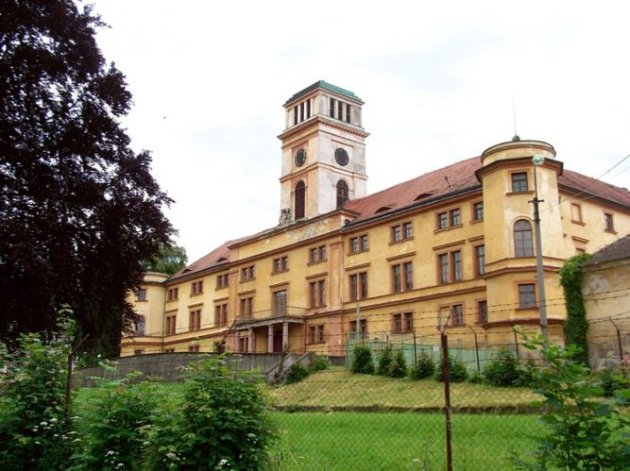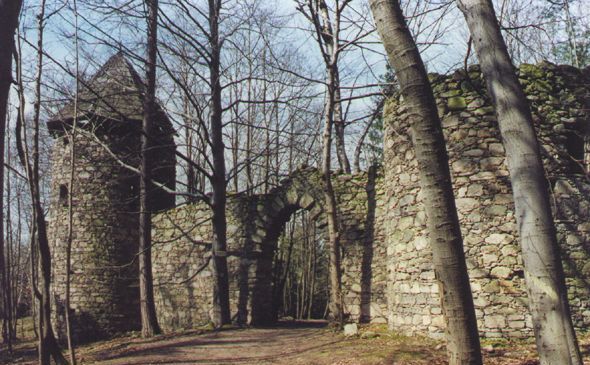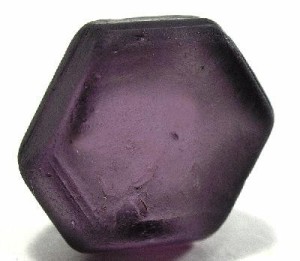On Saturday 29 March 1919, under the headline ‘Traitor Peers’, The Times announced that four members of the House of Lords who had ‘adhered to the King’s enemies during the war’ were to lose their titles.
The names of three of these traitor peers came as no surprise. The Dukes of Cumberland, Albany and Brunswick were all high-ranking German noblemen whose British titles came to them through their descent from George III or Victoria and Albert. M.P.s had been lobbying George V to strip them of their dukedoms since 1914.
The fourth name on the blacklist, though, was less well-known. Henry Taaffe, 12th Viscount Taaffe and Baron Ballymote in the Irish peerage, could trace his ancestry back to the Wild Geese, Irish soldiers who left their homeland to serve in European armies during the 17th century. An ancestor was killed fighting for the Jacobites at the Battle of the Boyne; another fought beside Jan Sobieski against the Turks and became prime minister to Leopold the Good, Duke of Lorraine. The 6th Viscount Taaffe, a Count of the Holy Roman Empire, was a brigade commander in the Austrian army and was credited with introducing the potato to Silesia during a famine in 1763; the 11th Viscount, Henry’s father, held a string of political appointments to the Austrian Empire under Francis Joseph I, including Minister of the Interior.
Henry succeeded to the viscountcy (and the title of Count of the Holy Roman Empire) on his father’s death in 1895. The estates in Ireland had long gone. Ballymote in Co. Sligo, a massive medieval castle which the Taaffes had surrendered to Cromwell in 1652, had been in ruins for generations. The family seat now lay in the Silver Mountains of Bohemia, where in 1769 the 6th Viscount Taaffe bought a recently reconstructed 17th-century fortress, Schloss Ellischau. The Taaffes modernised it, laid out an ‘English’ park with orchards and flowerbeds, and built a folly on a nearby hill which was said to be based on Ballymote. In 1840 the Viennese architect Heinrich Koch remodelled Ellischau once again, turning it into a vast and forbidding courtyard house with a high entrance tower and opulent state apartments.
In the wartime furore over the three German dukes, Viscount Taaffe almost escaped with his Irish titles intact. But in 1917, during the debate over the Titles Deprivation Bill, an anonymous correspondent wrote to The Times to point out that ‘no reference appears to have been made to the fact that an Irish peer, Viscount Taaffe, the 12th of that title, is said to be now serving, with his son, in the Austrian Army’. The writer cited with approval Elizabeth I’s command that ‘her dogs should wear no collars but her own’. That was enough; when the list of peers who were to lose their titles for bearing arms against the King was finally published in the spring of 1919, Henry Taaffe’s name had been added to those of Cumberland, Albany and Brunswick.
Things went from bad to worse. Four weeks after being stripped of his viscountcy and barony, he learned that the newly established Austrian republic had abolished the nobility altogether, and with it his title of Count of the Holy Roman Empire. In 1918 Bohemia had become part of the new Czechoslovakia, and land reform now took away much of his Ellischau estate. Plain Mr Henry Taaffe died in debt in Vienna in 1928.
There is an odd and inconsequential postscript to this story. Unable to maintain Schloss Ellischau, in 1937 Henry’s son Richard sold up and moved to Ireland, where he became known as a brilliant if unorthodox gemologist. One day in 1945 he went into a watchmaker’s shop down by the Dublin Quays and bought a job lot of zircons, opals, garnets, low-grade emeralds and sapphires. When he got them home, one mauve stone in particular puzzled him. It turned out to be a previously unknown beryllium mineral, one of the rarest in the world. In honour of his discovery, it was named ‘taaffeite’.





